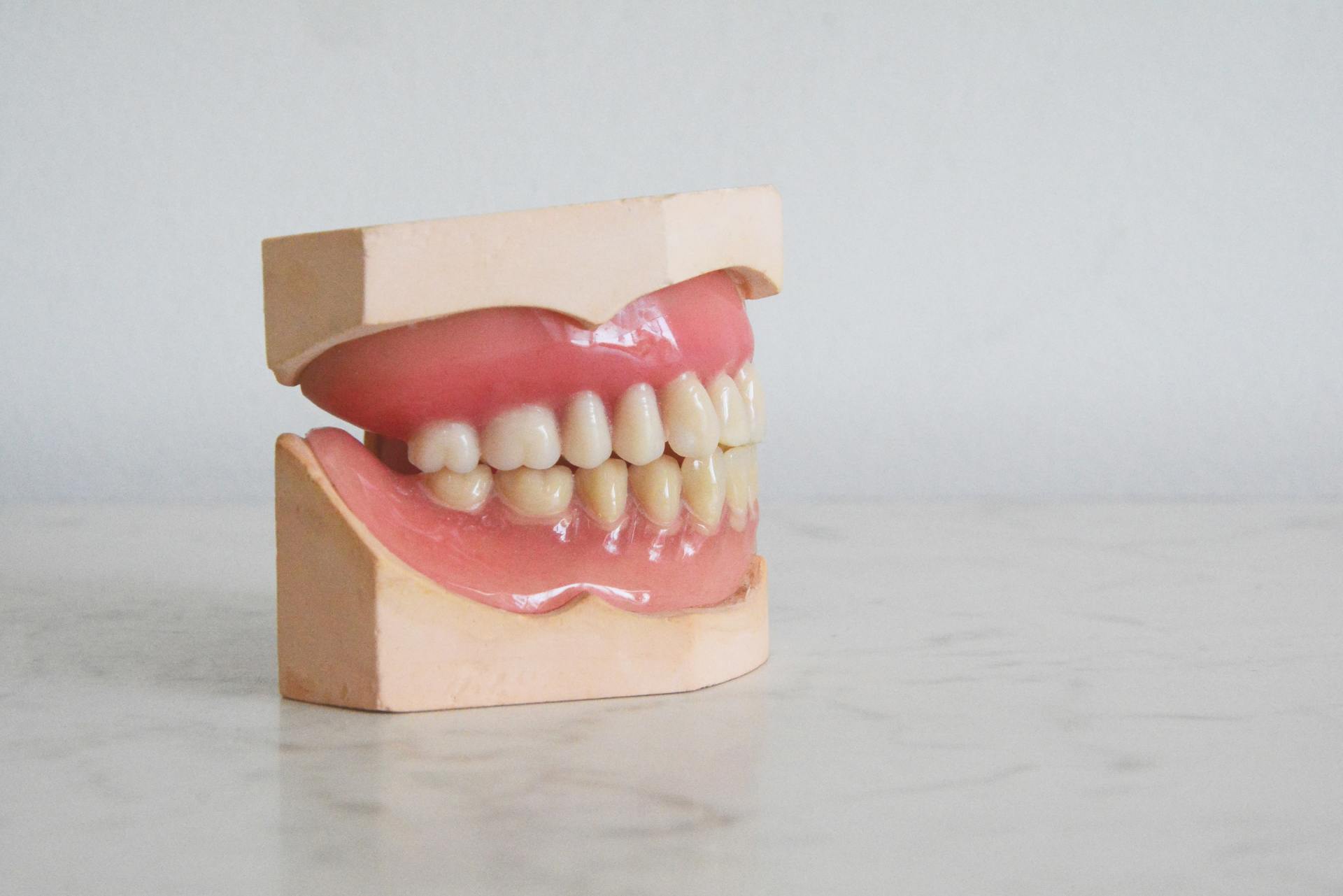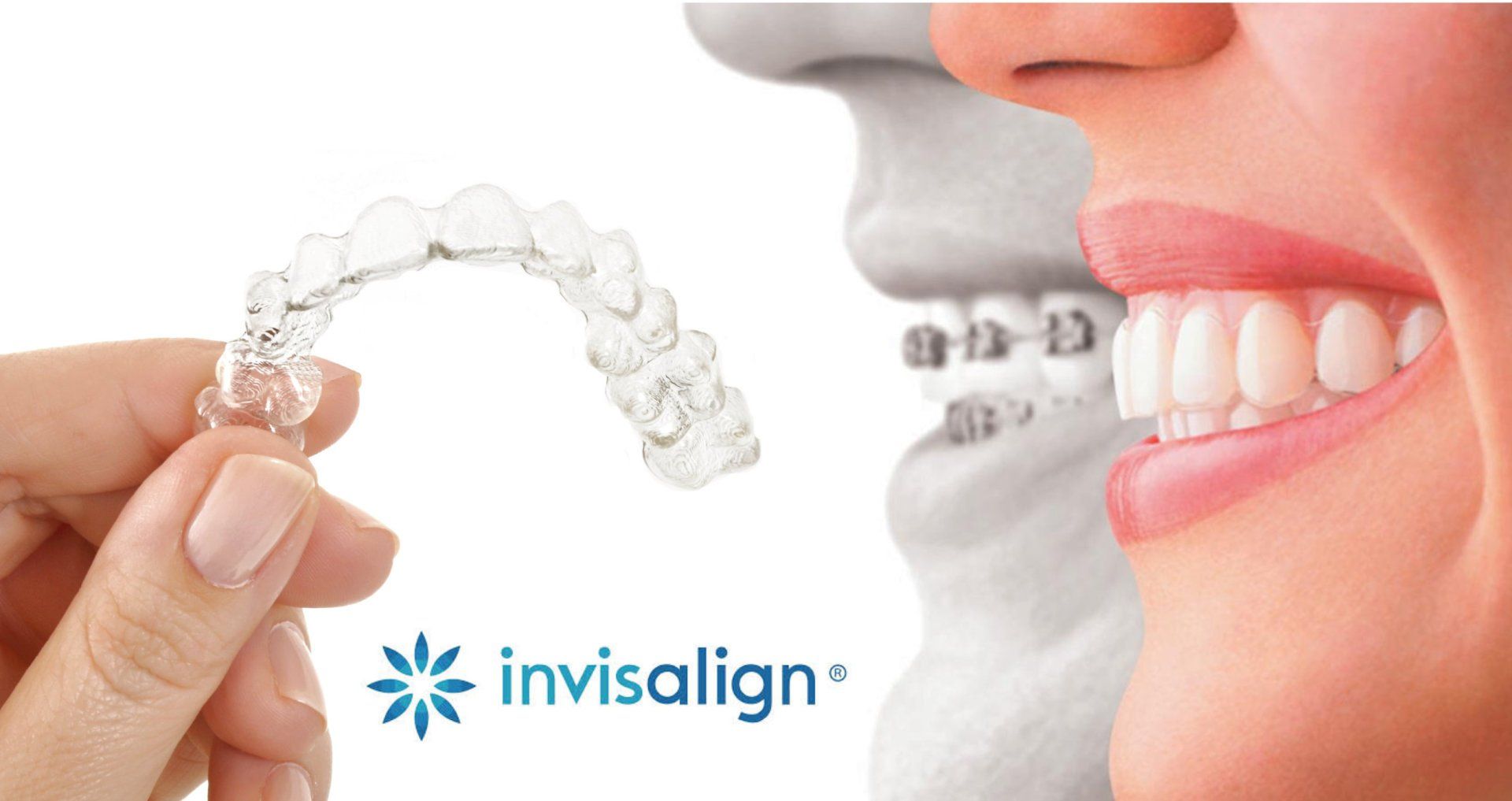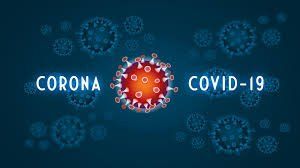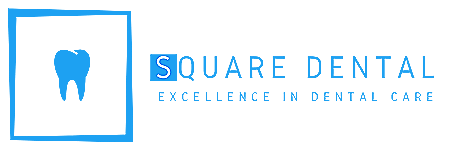Bleeding gums & the use of electric toohthbrushes.
Gums That Bleed. Are electric toothbrushes more effective in combating bleeding gums than manual brushes?
Both electric and manual toothbrushes are excellent at cleaning teeth as long as you 1) brush thoroughly but gently on all tooth surfaces) and 2) brush for two minutes twice a day. The newest electric brushes can really help preserve your teeth in novel ways: built-in pressure sensors may warn you when you brush too hard and, when linked to an app, can even provide feedback on your brushing effectiveness.
What are the advantages of electric toothbrushes?
- Electric toothbrushes are usually more effective in removing plaque and food debris and reducing bleeding gums than manual toothbrushes, as the round spinning brush head allows more brush strokes per minute and can reach hard-to-reach areas;
- The timer ensures that you brush for the required two minutes;
- The newest brushes link through Bluetooth to an app, providing real-time feedback on your brushing; and
- If you have a condition such as arthritis, they may assist you in brushing thoroughly.
Can electric toothbrushes cause tooth damage?
When used properly, an electric toothbrush will not do any harm to your teeth or gums. However, be cautious: brushing too vigorously – that is, using your electric brush as if it were a manual brush – may wear away both the enamel and the gums. Allow the electric toothbrush to do the job for you by gliding over all tooth surfaces.
Do electric toothbrushes help whiten teeth?
The simple answer is that an electric toothbrush cannot effectively whiten teeth. However, using an electric toothbrush may result in whiter teeth, since electric brushes are usually more effective at eliminating plaque and surface stains, both of which can cause teeth to look dull or yellow. You are welcome to make an appointment and speak with one of our dentists about teeth whitening.
Is cleaning your teeth alone sufficient for bleeding gums treatment?
Brushing your teeth twice a day is important, but even an electric brush cannot reach all areas where food or plaque may accumulate, therefore it is critical to floss or use interdental brushes or a water flosser to clean between teeth. A final swish with an alcohol-free mouth wash may help eliminate plaque and food particles that have been stuck between the teeth during brushing or flossing. However, remember that brushing and flossing alone will not eliminate all plaque deposits, which is why you should schedule a professional scale and polish at least once a year.
If you have bleeding gums, if your teeth have gotten loose, or if you are unable to tolerate dentures, schedule an appointment with our implant surgeon.




